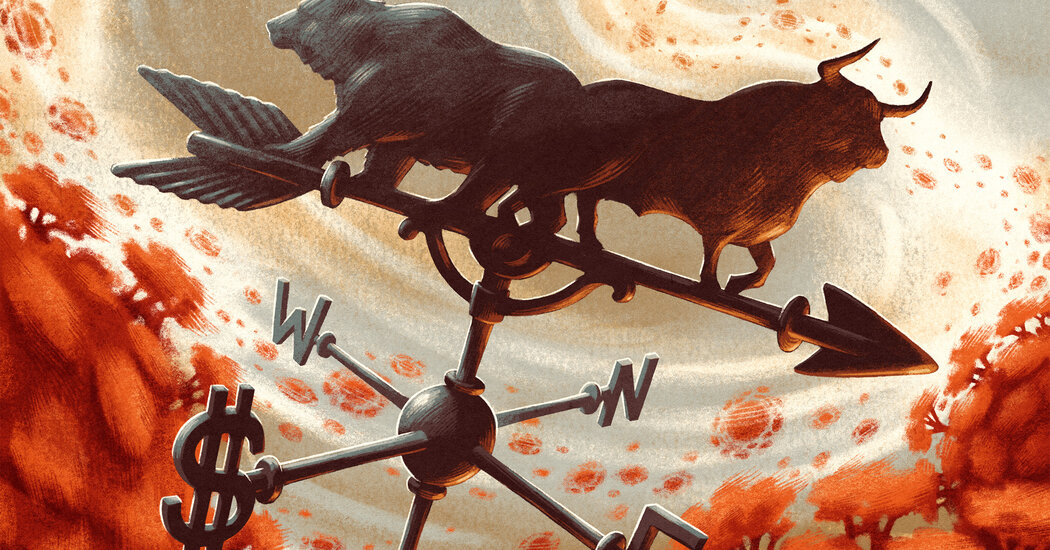Marcelo Carvalho, the head of global emerging markets research, went further. “The numbers are meaningless in a sense,” he said, and continued, with an engaging smile: “Whenever I make a forecast, and I have done this for a number of years, I know it is going to be wrong.” But, he added, “The numbers are an illustration of where things are going.” And they provide grounding, he said, to “have a thematic discussion with our clients.”
People in finance are frequently well-informed, even if their specific predictions can’t be counted on. Bank of America’s year-end forecast is intriguing, for example. It signals trouble ahead in the U.S. stock and bond markets, predicting that the S&P 500 will be virtually flat over the next year. I wouldn’t give that claim much credence, because until September, Bank of America predicted that the S&P 500 would end this year at 3,800. When the market surpassed that level, the bank raised its 2021 “forecast” belatedly, with the benefit of hindsight.
But Bank of America’s perspective has been consistent in this sense: It is negative about the U.S. stock market.
In an online presentation on Monday, Savita Subramanian, the head of U.S. equity and quantitative strategy at Bank of America, said that the bank’s computer model for the S&P 500 “is now spitting out negative returns for stocks for the next 10 years.” The last time that happened, she said, was in 1999-2000, shortly before the dot-com crash. The current bull market has taken stocks to giddy heights and valuations are out of whack, she said. Over the long haul, that implies lower returns.
Long-term projections over a decade or longer have been shown to have greater accuracy than shorter-term ones, and I’d take that projection as a sober warning. Over the last 12 months alone, the S&P 500 has returned about 25 percent, including dividends, pushing the market up to levels that may not be sustainable.
I don’t know when it will happen or how, but at some point, the stock market will come back down to earth. That’s a prediction you can count on.
